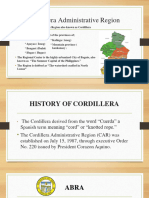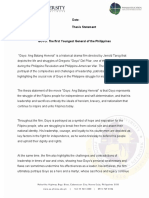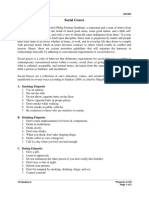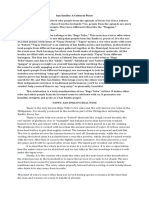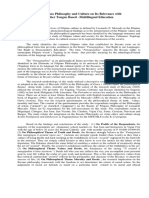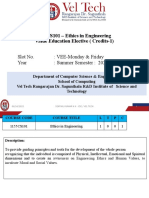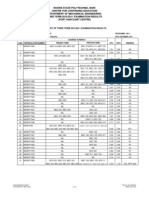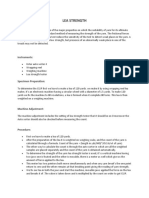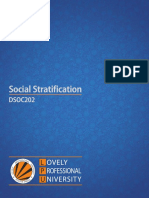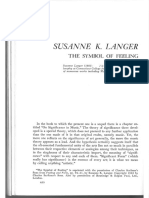0% found this document useful (0 votes)
1K views5 pagesModule 1.1 Cordi 101
Cordi 101: Tawid Cordillera
Uploaded by
JansCopyright
© © All Rights Reserved
We take content rights seriously. If you suspect this is your content, claim it here.
Available Formats
Download as TXT, PDF, TXT or read online on Scribd
0% found this document useful (0 votes)
1K views5 pagesModule 1.1 Cordi 101
Cordi 101: Tawid Cordillera
Uploaded by
JansCopyright
© © All Rights Reserved
We take content rights seriously. If you suspect this is your content, claim it here.
Available Formats
Download as TXT, PDF, TXT or read online on Scribd
/ 5









